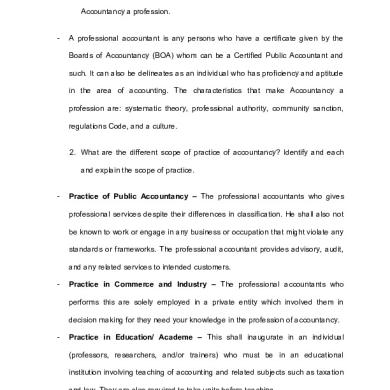
IPE Chap 4 Summary
- Uploaded by: zohaib hassan Shah
- Size: 123.6 KB
- Type: PDF
- Words: 1,631
- Pages: 7

* The preview only shows a few pages of manuals at random. You can get the complete content by filling out the form below.

zohaib hassan Shah - 123.6 KB

Zacharie Léger - 82.9 KB

Annie Rampazzo - 1.2 MB

- 269.1 KB

- 95.8 KB

Rodrigo De La Arena H - 217.5 KB

John CPA - 68 KB

Jean carlos Egoavil Rojas - 888.7 KB

Mayra Saigua - 384 KB

- 323.7 KB

- 269.1 KB

Febrianthie Resthy - 924.3 KB
© 2025 VDOCS.RO. Our members: VDOCS.TIPS [GLOBAL] | VDOCS.CZ [CZ] | VDOCS.MX [ES] | VDOCS.PL [PL] | VDOCS.RO [RO]